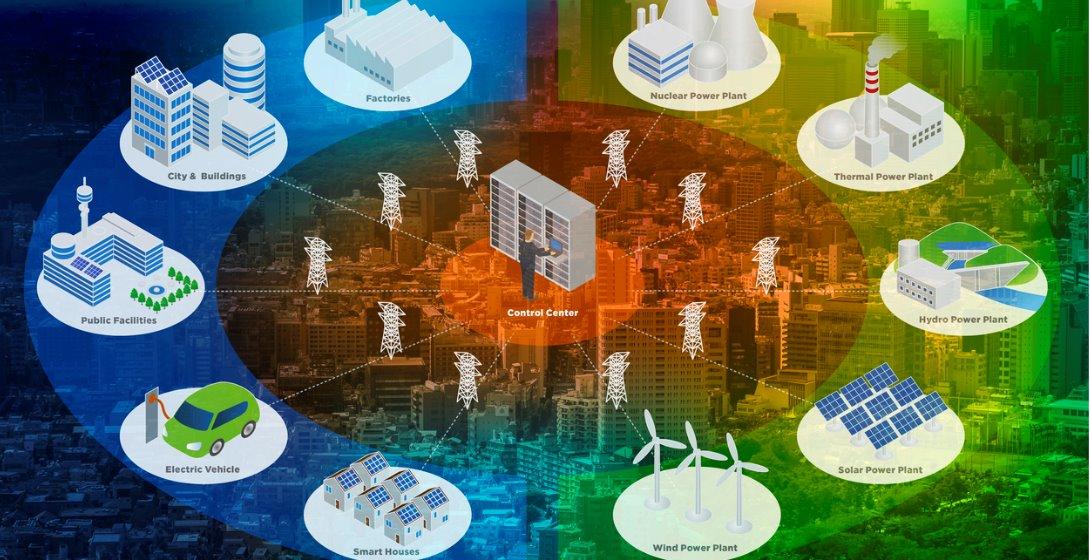Unlocking New and Sustainable Sources of Global Smart Grid Revenue

The economic models that generate Smart Grid revenue are primarily based on the large-scale, project-based sale of hardware, software, and services to utility companies. The main revenue stream for the manufacturers is the direct sale of the physical smart grid components. This includes the massive revenue from the sale of millions of smart meters, as well as the high-value sale of the more complex grid automation and control equipment for substations and distribution networks. A second major revenue stream comes from the sale of the software that is required to manage the grid, which includes the upfront license fees for the large control room systems and, increasingly, a recurring revenue stream from annual maintenance and support contracts for that software.
This powerful and project-driven revenue model is the primary engine fueling the market's impressive financial growth. The entire industry is projected to expand significantly, with its total market size expected to grow to reach USD 155.16 billion by the year 2035. This growth is supported by a strong and consistent compound annual growth rate (CAGR) of 12.75% during the forecast period. The long-term, multi-billion-dollar grid modernization programs that are being undertaken by utilities around the world provide a highly visible and predictable pipeline of future projects and revenue for the leading vendors. This stability is what allows them to make the massive, long-term investments in R&D and manufacturing that are required in this capital-intensive industry.
Beyond the core revenue from the sale of products to utilities, a number of other revenue streams are emerging and becoming increasingly important. A major and growing revenue stream comes from providing a wide range of professional services. This includes high-value strategic consulting to help utilities plan their modernization roadmap, massive systems integration projects to implement the new technologies, and, increasingly, managed services, where the vendor takes on the long-term responsibility for operating and maintaining a part of the utility's smart grid infrastructure for a recurring fee. This shift towards a more service-based model is a key trend and a major driver of long-term, profitable growth for the industry.
Looking ahead, the future of smart grid revenue will be increasingly tied to the monetization of data and the creation of new, software-driven services. As the smart grid generates a massive and continuous stream of data about energy consumption and grid health, there is a huge opportunity to create new revenue streams by providing advanced analytics and insights. This could include selling analytics services to the utility to help them improve their operations, or even creating new data products for third parties. The rise of the "grid-as-a-platform" concept, where the utility can generate revenue by allowing third parties to offer services on their grid, is the ultimate vision for the future of the industry's revenue model.
Explore Our Latest Trending Reports:
China Server Storage Area Network Market
- Art
- Causes
- Crafts
- Dance
- Drinks
- Film
- Fitness
- Food
- Games
- Gardening
- Health
- Home
- Literature
- Music
- Networking
- Other
- Party
- Religion
- Shopping
- Sports
- Theater
- Wellness


